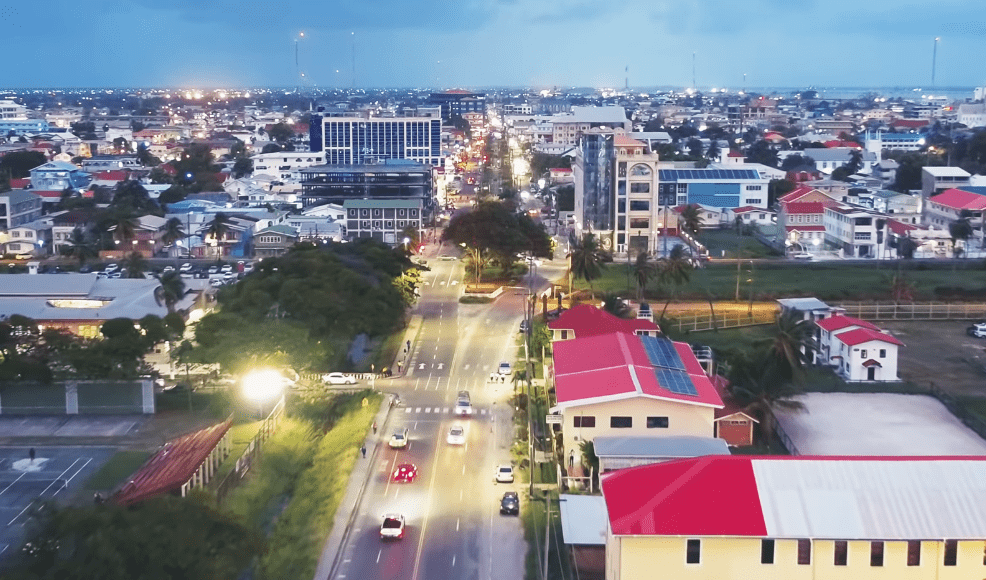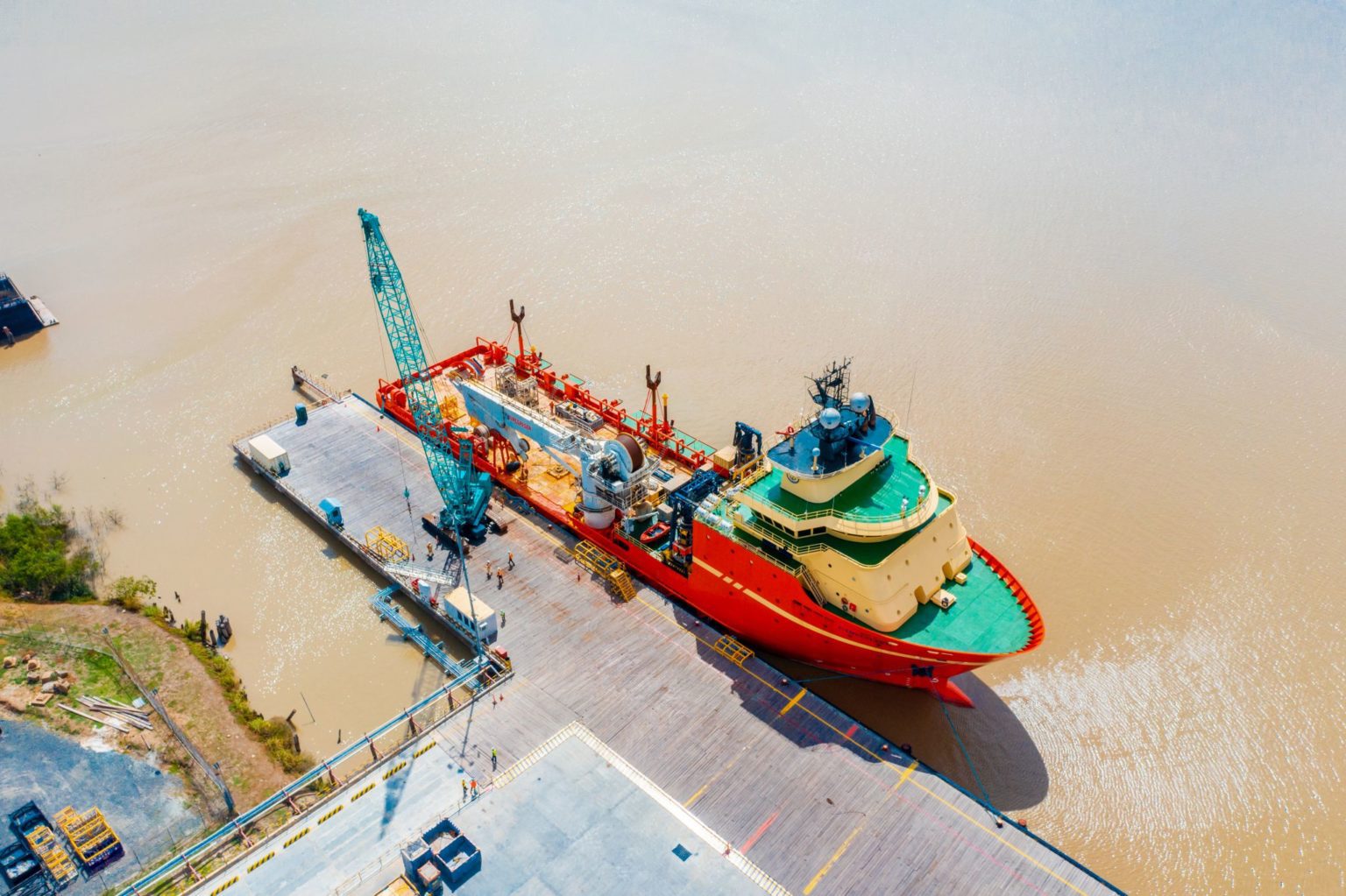2022 marks pivotal year in Guyana’s transformation as landmark projects set to roll out
 A section of Guyana's capital city, Georgetown.
A section of Guyana's capital city, Georgetown.
The Guyana government is sparing no expense to facilitate the transformation of the country’s infrastructure with billions in funding being set aside this year for major development projects in the oil producing South American nation.
The government said last week it is committed to improving international, hemispheric and regional connectivity; creating, re-establishing and improving communication linkages between major urban, rural, hinterland and inland centres as well as to improve trade and competitiveness.
Guyana government to pump GY$20.8 billion into landmark gas-to-energy project
And in that regard, some GY$76.7 billion has been allocated for roads and bridges, of which GY$49.2 billion will be spent on roads and GY$27.5 billion on bridges respectively, Senior Minister in the Office of the President with responsibility for Finance Dr. Ashni Singh announced last Wednesday.
For roads, the major allocations include: GY$8.3 billion for the rehabilitation of the Corentyne Main Road from Palmyra to Crabwood Creek; GY$6 billion for the construction of the Linden-Mabura Hill Road; GY$3.4 billion for hinterland roads; GY$2.6 billion for the rehabilitation of the entire Soesdyke-Linden Highway; GY$2.3 billion for the East Bank-East Coast Demerara Road Linkage between Ogle and Eccles; GY$1.1 billion to complete the Sheriff Street–Mandela Road Network and Expansion Project.
Some GY$15.2 billion has also been allocated for the construction and rehabilitation of additional urban and community roads.
To tackle the major traffic congestion on Guyana’s East Bank Demerara corridor, the government has already constructed and operationalised a 3.7 km inter-community road link between Mocha Arcadia and Diamond.
And by the first quarter of 2022, a new four-lane highway linking Mandela Avenue to Haags Bosch will be completed to ease the daily traffic chaos experienced there.
Guyana’s energy sector gets GY$29.4B in National Budget to kick start hydropower, solar projects
Dr. Singh in his presentation outlined that construction of the four-lane Ogle to Haags Bosch road will also commence shortly.
Some GY$2.1 billion will also be spent this year to widen and pave the East Bank Highway from Grove to Timehri while preparatory works for the widening of the East Coast highway from Annandale to Mahaica, the upgrade of the railway embankment from Sheriff Street to Orange Nassau, and the construction of the new four-lane superhighway from Schoonord to Parika have commenced.
With respect to the country’s bridge infrastructure, some GY$21.1 billion was allocated to advance construction of the new, fixed four-lane high span Demerara River Bridge with GY$946 million budgeted to repair and maintain the aged existing floating bridge.
Dr. Singh announced as well that some GY$4.1 billion was allocated for the re-construction of several bridges along the Kurupukari to Lethem corridor to support the phased construction of the critical Linden to Lethem highway.
And further, some GY$173.9 million was budgeted for the construction, rehabilitation and maintenance of main bridges in areas including Garden of Eden, Chateau Margot, Beterverwagting, and Cemetery Road.
Team led by Harvard Professor helping Guyana shape landmark development plan
Added to that, the government has also set aside some GY$3.3 billion to finance the improvement and enhancement of the aesthetics of the environment across major urban areas in the country, especially the capital city Georgetown.
That programme will see a number of restoration projects and programmes being undertaken.
Exchange rate: US$1 = GY$207.98

 A supply vessel docked at the Guyana Shore Base facility. (GYSBI photo)
A supply vessel docked at the Guyana Shore Base facility. (GYSBI photo)